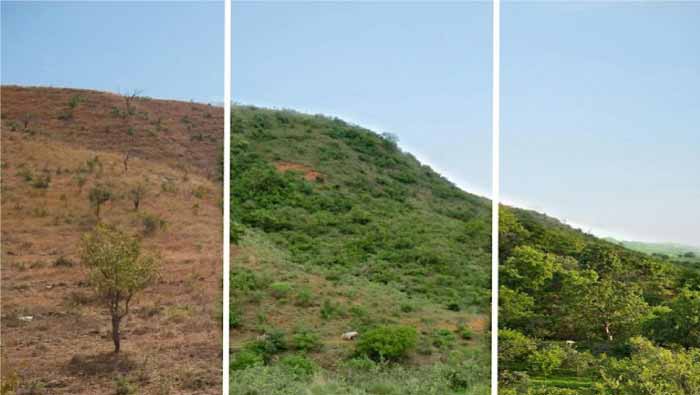Climate change is having several effects on the world of sport. Some of these effects include:
Cancellations and postponements of sporting events
Climate change is causing more extreme and erratic weather, which can lead to the cancellation or postponement of sporting events. For example, rising temperatures can make summer sporting events dangerously hot, while storms and floods can disrupt outdoor sporting events.
Increased risk of injury
Rising temperatures and humidity can increase the risk of injury for athletes. Prolonged exposure to heat can lead to fatigue, exhaustion, and cramping, while high humidity can make it harder for the body to regulate its temperature.
Changes in training conditions
Climate change is also affecting the conditions in which athletes train. Extreme events such as heat waves, storms and wildfires can prevent access to training sites or make conditions dangerous.
Changes to playing conditions
Outdoor sports are also being affected by climate change. For example, rising temperatures can change ground conditions, while high humidity can make balls more difficult to handle. In addition, air quality can be affected by wildfires and pollution, which can affect athletes’ ability to breathe.
Loss of sports facilities
Rising sea levels and increased frequency of flooding can damage or destroy sports facilities located in coastal areas. In addition, prolonged droughts can deplete water supplies and make it difficult to maintain golf courses and other sports that require large amounts of water.
Changes to the location of sporting events
Climate change can make conditions in some areas too extreme or dangerous for athletes, which could cause the locations of sporting events to be changed to safer locations.
Changes in the availability of natural resources
Climate change can also affect the availability of natural resources used in sports, such as snow for winter sports or water for water sports. The reduction of these resources may limit the practice of certain sports in some regions.
Impact on the economy of sport
Climate change can also have an impact on the economics of sport. For example, cancellations and postponements of sporting events can have a negative effect on the revenues of organizers and local businesses that depend on sports tourism.
Increased environmental awareness and responsibility
Climate change can also lead to greater environmental awareness and responsibility in the world of sport. Athletes and organisers can take steps to reduce their carbon footprint and promote sustainable practices in the sports industry.
Overall, climate change is having a significant impact on the world of sport, and it is important that action is taken to address this problem and minimise its effects on athletes, sports facilities and the sport industry in general.
Geographical locations most affected
Climate change is affecting everyone, but some geographic locations are experiencing more severe impacts than others. Some of the hardest hit places include:
Arctic Regions: The Arctic is one of the places most affected by climate change. Global warming is causing melting sea ice and glaciers, which is having a significant impact on the region’s biodiversity and on indigenous communities that depend on the Arctic’s natural resources.
Pacific Islands: Pacific islands are vulnerable to rising sea levels and more frequent and intense storms due to climate change. Communities on these islands are experiencing the loss of their homes and the deterioration of their natural resources.
Sub-Saharan Africa: Climate change is affecting water availability in many regions of sub-Saharan Africa, which is having a significant impact on food security and people’s health.
Coastal regions: Coastal regions around the world are experiencing sea level rise and coastal erosion due to climate change. This can have a significant impact on coastal communities, infrastructure and local economies.
Arid and semi-arid regions: Climate change is causing more frequent and prolonged droughts in many arid and semi-arid regions of the world, which is having a significant impact on food security and biodiversity in these regions.
In short, climate change is affecting everyone, but some geographical locations are experiencing more severe impacts than others. It is important that action is taken to address this problem and protect the most vulnerable communities and ecosystems.


